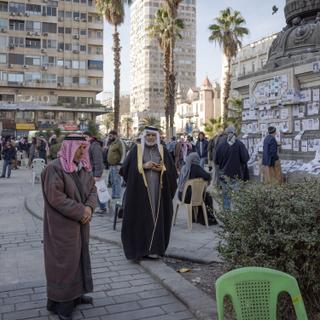


Bashar al-Assad's strategy of chaos
Series'The al-Assad saga' (4/4). The hopes of liberalization raised at the start of Hafez al-Assad's son's rule were short-lived. Urged by his family, the heir chose the status quo and consolidated his power by perpetuating his father's brutal methods.
When Hafez al-Assad died in June 2000, posters of the patriarch and his two eldest sons – Bassel the heir apparent, who died prematurely in a car accident in 1994, and Bashar the successor by default – were plastered all over the walls of Syria's major cities. The three most important men in the al-Assad family were presented respectively as "the leader, the model and the hope." And as soon as Bashar was inaugurated a month later, the population, exhausted by 30 years of dictatorship, began to hope.
The beginning of his term was marked by initial signs of liberalization. The new president not only released several hundred political prisoners, including members of the Muslim Brotherhood and communists. He also enacted laws facilitating private investment and the development of the banking sector.
You have 92.88% of this article left to read. The rest is for subscribers only.
